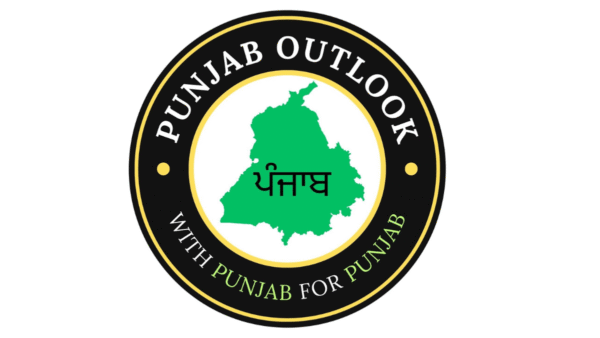
Factionalism, often described in Punjab Congress circles as “groupism,” has been one of the most persistent organizational challenges for the party. At its core, groupism is not simply a matter of personality clashes or ego battles; it is a structural weakness that affects decision-making, grassroots mobilization, and electoral strategy. In Punjab, the Congress has repeatedly suffered from competing power centres, with leaders vying for dominance through parallel networks of loyalty and patronage. This has created confusion in communication, disunity in campaigns, and periodic erosion of public trust.
The roots of groupism lie in three overlapping dimensions. First is the historical rivalry among strong leaders who have each built personal followings rather than strengthening institutional processes. Second is the identity-based calculus—caste, community, and regional balance—which often turns appointments and candidate selection into zero-sum contests. Third is the weakness of internal mechanisms, where the absence of transparent systems for choosing office-bearers, constituency in-charges, or candidates leaves room for favoritism and backroom lobbying. These dimensions, together, harden into factions that weaken the collective capacity of the Punjab Congress to project unity.
The consequences of this division have been visible in several moments over the last few years. In 2021, when Navjot Singh Sidhu openly clashed with then Chief Minister Captain Amarinder Singh, it triggered a leadership crisis that ended with Amarinder’s resignation and Charanjit Singh Channi’s elevation. While the high command thought it had struck a balance by giving Sidhu the PCC presidency, the arrangement only temporarily postponed deeper rifts. Similar disputes resurfaced in 2022, when Sidhu resisted key appointments made by Channi, from the Advocate General to senior police officers. The disagreements spilled into the media, highlighting again how internal disputes had become a public spectacle.
By 2025, the problem of groupism had again come to the forefront. The Congress’ defeat in the Ludhiana West by-election was a turning point, as senior leaders such as Bharat Bhushan Ashu, Pargat Singh, and Kuldeep Singh Dhillon resigned from their posts in protest. Their resignations underscored the discontent within the state unit, where many felt sidelined in decision-making and unsupported during campaigns. The central leadership, sensing the risks of further erosion, deployed senior figures like Bhupesh Baghel to intervene. Baghel urged leaders to strengthen the party at the booth level and called for “micro-management” of campaigns, recognizing that factional infighting was undermining ground-level effectiveness.
In response to these challenges, the party has floated several remedies. Leaders such as Amarinder Singh Raja Warring have publicly emphasized the need for unity and have launched campaigns like “Judega Block, Jittegi Congress” to reconnect with workers at the grassroots. The idea is to counterbalance the dominance of elite factions by strengthening booth and block-level workers who can act as the backbone of a unified campaign. Similarly, the introduction of new faces—including youth, women, and representatives of underrepresented communities—has been promoted as a way to reduce the monopoly of entrenched leaders and make the organization more inclusive.
For a genuine “loss of groupism” to take place, however, structural reforms are necessary. Transparent processes for appointments and candidate selection must replace arbitrary decisions. A permanent grievance-redressal mechanism should be set up to resolve disputes internally rather than through public statements. Grassroots workers should be empowered with more say in candidate feedback and organizational reviews, making factional elites accountable to the rank and file. Leadership rotation, mentoring programs for emerging leaders, and clear performance-linked responsibilities would also ensure that no single individual or clique monopolizes decision-making. Finally, collective incentives—where rewards are tied to improvements in vote share or constituency performance rather than personal loyalty—can change the internal culture of competition into one of cooperation.
Looking ahead, the Punjab Congress stands at a crossroads. Its recent experiences show that groupism not only demoralizes workers and divides leaders but also has concrete electoral costs in a state where disciplined and unified campaigning is essential. While the high command’s interventions in 2025—such as holding hearings with leaders and commissioning surveys to gauge popularity—are steps in the right direction, the real test lies in whether the party can institutionalize reforms rather than rely on ad hoc reconciliations. Only if factional rivalries are converted into constructive pluralism, and unity becomes an organizational norm rather than a temporary convenience, can the Punjab Congress present itself as a credible force in the state’s volatile political landscape.